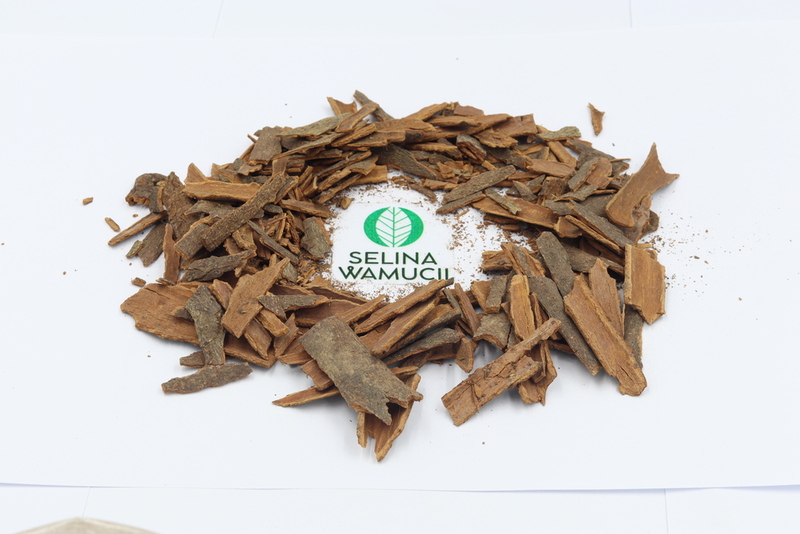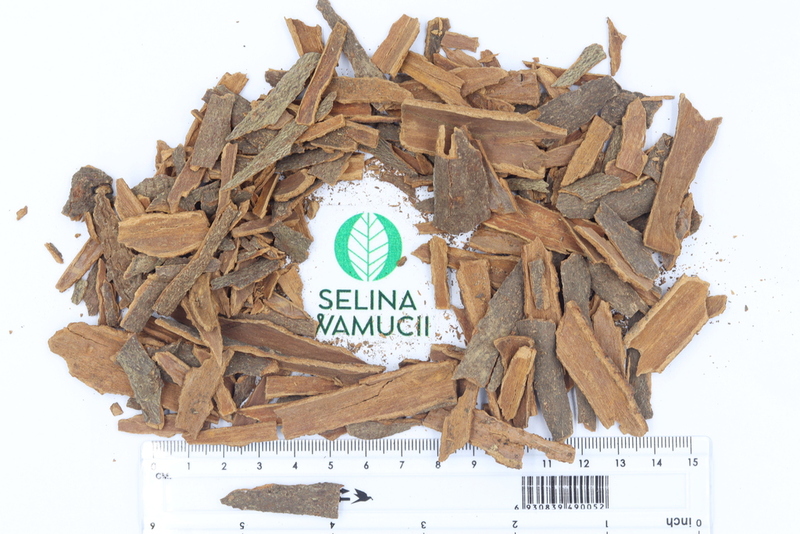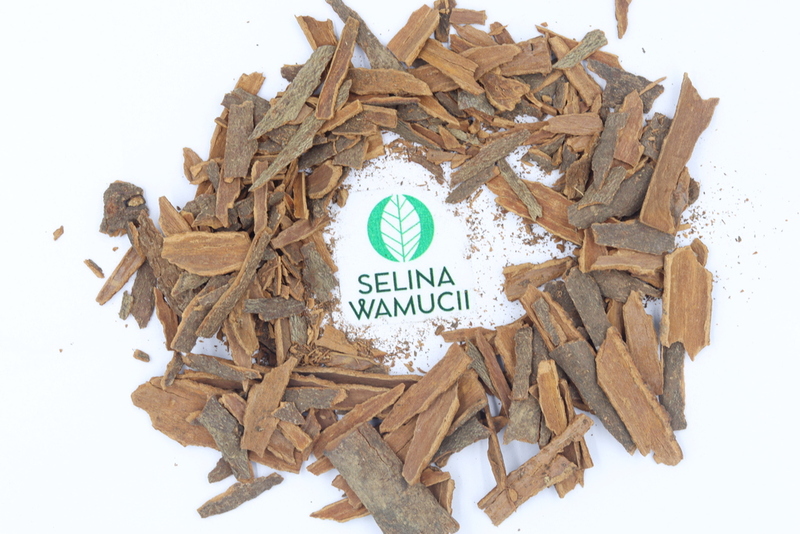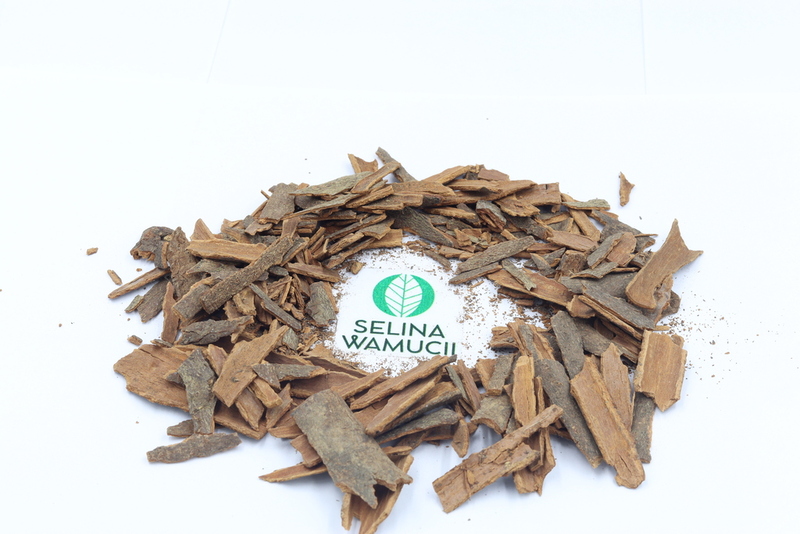Buy Madagascar Cinnamon Directly From Exporters & Suppliers - Best of 2025 Market Prices
Get Instant QuoteWe provide high-quality Madagascar cinnamon to the local and export markets. We source the raw fresh Madagascar cinnamon from family growers in the country.
Madagascar cinnamon (Cinnamomum aromaticum) is the product of the interior of the bark of the tree bearing its name. The Madagascar cinnamon is the Ceylon cinnamon and it grows best in sandy loamy soils which are mostly in the east and northwest coasts of the island. On its natural state, the tree could grow up to 15 meters but is harvested earlier so it rarely gets that high. Cinnamon is a favorite spice in many restaurants, bakeries as well as homes. The Madagascar cinnamon is known for its exquisite aroma as well as its delicate taste. It is used in cooking, traditional medicinal uses, produces essential oils as well as used in perfumes. Even though the origin of the Madagascar cinnamon is unknown, Madagascar produces among the best qualities globally together with Sri Lanka and the Comoros islands.
Most common varieties of cinnamon grown for commercial purposes are only two that is the Ceylon cinnamon, also known as, the original cinnamon and the Chinese cinnamon also known as the Cassia type of cinnamon. The Ceylon cinnamon or Madagascar cinnamon is quite different from the Cassia variety and quite rare. The Ceylon has a smooth bark that is delicate. While the cassia variety has a dark red color, the Madagascar variety has a soft light brown color and folds like a newspaper. In regards to taste, the cinnamon cassia is known to be strong and peppery while the Madagascar cinnamon is delicate and sweet at the same time. It also has low levels of coumarin which is slightly toxic to the human body.
As much as Cinnamon export was banned in the mid-90’s due to over harvesting, which was extreme to the point of roots being harvested, later when the ban was lifted, Madagascar exported about 1.1% of the total cinnamon exported which was about 2300 metric tons. Currently, farmers are being taught of safer ways to go about with the harvesting so as to protect the plant.
We source Madagascar cinnamon from the Atsinanana and Analanjirofo regions since they are the highest producing regions country wide. Most of the farmers are small scale farmers with less than two acres of land that they organically maintain. Due to their long term experience with the crop, our farmers know how to handle the plants so as to ensure they get the best harvests.
On harvesting, the plant is cut whereby the stump is left and it shall re grow about a dozen suckers from the roots. For new trees, they take about 3 years for the plant to be harvested. The harvesting of the barks take place immediately after the rainy seasons as this is when the bark is thickest and richest in flavor. The branches are cut at about 20cm length and the bark is cut out immediately. Also, at this point, we resize the quills to our customers’ preferences. After this, the self-curling inner bark is left to dry for about 6-8 hours.
After drying, the cinnamon is either ground or shipped as quills depending on the clients specifications. Storage and handling is quite important as they are at their best when they’ve not been fumigated. To ensure this, we store them in temperatures between 15-200c once they’ve been dried for the 6 hours. At this point, the moisture content is less than 15% while the relative humidity is at 60 to 70%.
We pack our Madagascar cinnamon sticks produce boxes, crates, cartons as well as bales. The shortest quills we have measure about 2.5 inches while the longest are at 30 inches.in three basic containers including produce boxes/crates, cartons as well as bales. Our quills measure at least 2.45 inches long inside the box. There are also 6-inch long sticks for our bigger selections. We array them in polyethylene-lined boxes for fresh keeping during the transit journey. You can read the name of the species (as they are many of these) on the produce label that also gives the country of origin and the net weight.
While on transit to Ivato international airport, we ensure that the same temperatures of 15-190c are maintained. We also make sure that the cargo departs the airport the same day that they’ve been delivered there.
If you’re therefore in need of the best variety of cinnamon, do not hesitate to order Madagascar cinnamon from us as we assure quality and taste.
Get Instant Quote
Are you a producer of Madagascar Cinnamon or other products?
Sign up today for FREE to buy or sell Madagascar Cinnamon.





